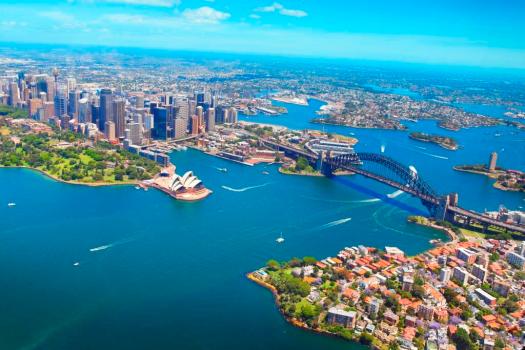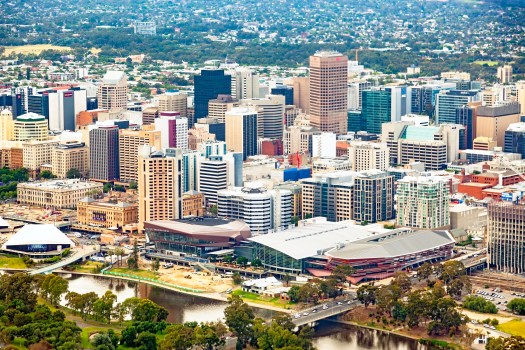Infrastructure Australia has launched a new policy paper urging Australian governments to act to protect vital infrastructure corridors and avoid cost overruns, delays and community disruption when delivering new infrastructure.
The third paper released as part of Infrastructure Australia’s Reform Series, Corridor Protection: Planning and investing for the long term shows that protection and early acquisition of just seven corridors identified as national priorities on the Infrastructure Priority List could save Australian taxpayers close to $11 billion in land purchase and construction costs.
These corridors are: East Coast High Speed Rail, Outer Sydney Orbital, Outer Melbourne Ring, Western Sydney Airport Rail Line, Western Sydney Freight Line, Hunter Valley Freight Line, and Port of Brisbane Freight Line.
“Meeting Australia’s future growth challenges requires long-term vision. As our cities and regions undergo a period of considerable change, strategically important infrastructure corridors need to be preserved early in their planning to avoid cost overruns, delays and community disruption during the project delivery phase,” said Infrastructure Australia chairman Mark Birrell.
“Australia’s governments have an immediate opportunity to deliver an enduring infrastructure legacy to future generations.
“If we protect infrastructure corridors we will reduce project costs and especially minimise the need for underground tunnelling, where the cost to government and therefore taxpayers can be up to ten times higher than it would have been,” he said.
Protecting seven of the corridors identified on the recently revised Infrastructure Priority List could save close to $11 billion. This is the equivalent of more than two years’ spending by the Australian Government on land transport such as major roads, railways and local roads.
“State and territory governments historically have shown leadership in protecting infrastructure corridors, but more needs to be done now. Experience clearly shows that planning the right infrastructure early, timing delivery to meet demand and ensuring it is fit for purpose enhances economic opportunity and delivers the best community outcomes,” Mr Birrell said.
He quoted the M4, M5 and M7 motorways in Sydney, the M1 and EastLink motorways in Melbourne and the rail line to Mandurah south of Perth as examples where the protection of infrastructure corridors allowed the construction of vital links.
Mr Birrell said the most urgent priority for protection is the east coast high-speed rail corridor, as this critical corridor faces immediate pressure due to its proximity to major population centres.
He highlighted the cost of tunnelling in comparison to the cost of land acquisition, pointing out that recent tunnelled motorway proposals are expected to cost in the order of $100 million per lane kilometre to build.
The Australian Logistics Council (ALC) has supported the policy paper from Infrastructure Australia (IA), saying it demonstrates the importance of corridor protection in preventing cost blowouts, project delays and community disruption on infrastructure projects.
“ALC has consistently worked to highlight the necessity of corridor preservation as part of a consistent and coherent approach to developing Australia’s national freight infrastructure,” said ALC managing director, Michael Kilgariff.
“Good planning leads to good infrastructure outcomes for the community. Preserving corridors to accommodate the infrastructure needed to meet our future freight task lies at the heart of responsible planning policy.”
Comment below to have your say on this story.
If you have a news story or tip-off, get in touch at editorial@governmentnews.com.au.
Sign up to the Government News newsletter


